I have three columns; loan_id, amount, date. I have 1,048,575 entries and I need to add together all the duplicates in loan_id column(there are different payments on the same loan_id) and in the second table the amount values should be added together matching with the loan_id.
Sample of how my data looks like this
